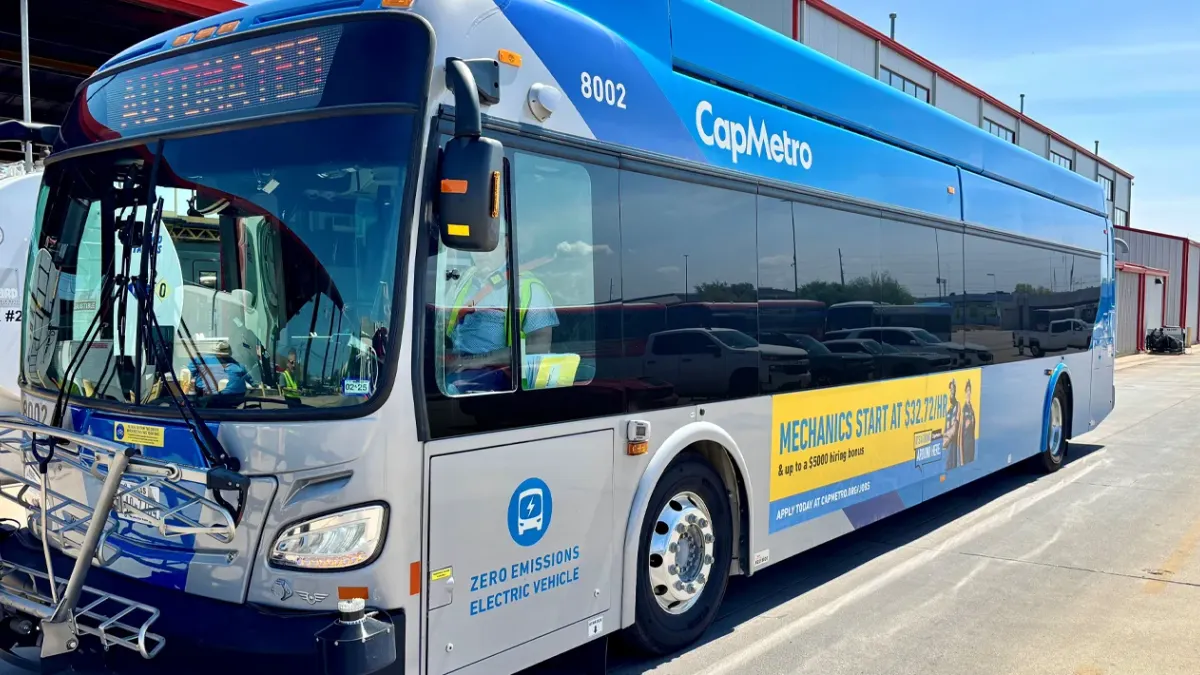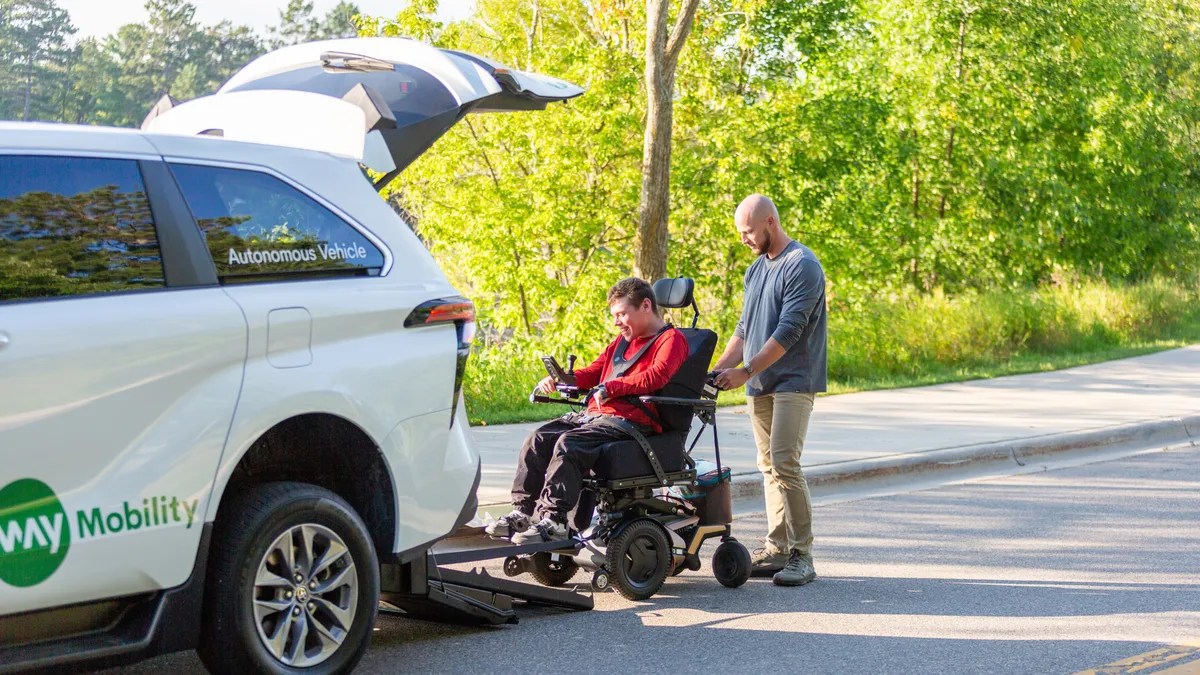The following is a guest post from Dave Packard, vice president of utility solutions at ChargePoint, a provider of electric vehicle charging equipment. To submit an opinion piece, please review these guidelines.
Innovation in electric vehicles (EVs) and EV charging, supported by a dynamic marketplace, has fueled record-breaking EV adoption over the past year. Continuing to accelerate EV adoption is critical to meeting global climate goals and providing electric utilities with much needed electric load to maintain affordable rates. Sound utility program design is key to successfully incentivizing charging infrastructure deployment and finding the win-win for the utility and the EV market.
Indeed, momentum in the EV industry is surging. In 2016, U.S. EV sales jumped 37%, and that pace has continued in 2017 as EV sales are up 44.7% through May, including a 91% increase in California. Even oil producers are starting to take notice. French petroleum giant – Total – recently released a report forecasting that EVs will make up 15-30% of new car sales by 2030.
Many utilities, however, have no visibility into where these vehicles will charge on their grids.
With EVs predicted to see substantial growth, the question becomes how to ensure that there is smart charging infrastructure in place to meet the expected demand, support a competitive marketplace, maintain affordability and help provide reliability to our nation’s electric grid.
The good news is that many utilities are developing EV charging infrastructure programs across the US – from the Bay State to the Golden State and just about everywhere in between. Electric vehicles are high on utility executives’ minds, but the role of the utility still remains unclear to many.
Utilities see a unique opportunity – support an emerging technology that is sweeping across the nation, while at the same time creating new load that can be managed in a way that will generate value for all customers and bring more reliability to the grid.
At ChargePoint – the nation’s largest EV charging network – we have observed several key utility EV program design elements that are essential to the market and help protect the EV driver experience, which is critical to the continued and accelerated adoption of electric vehicles. These utility program design best practices ensure timely and well-coordinated rollout of the programs, limited program costs to ratepayers, and increased customer participation.
Design simplicity
The simpler the program, the easier it is to go from utility commission approval to implementation. In turn, this saves ratepayer dollars and speeds up the time to market.
One method of ensuring program simplicity is the use of direct incentives, or rebates, in exchange for vehicle charging data and load management. Under this program design, site hosts who participate in the program receive a utility incentive to purchase and install smart EV charging infrastructure that meets the utility program functional requirements – that is, being able to collect data and provide load management tools.
The utility has the option to promote EV charging at home, at workplaces, in the general public, or any combination thereof. The rebate is a ratepayer-funded incentive which is based on the long-term value created by the added (and controllable) load from the electric vehicles. This program design is not new and has been used by utilities for years to implement customer facing programs like energy efficiency and demand response.
A major advantage of this approach is that the necessary processes and systems are already in place within the utility to leverage for EV programs. Overhead for this type of program is very low and can usually be implemented with existing utility manpower.
The key incentive for an IOU to successfully implement a rebate program is based on its ability to capitalize the rebate. Treating a rebate – simply a financial transaction – as a regulatory asset is an accounting measure usually reserved for capital projects and expenditures. Treating a financial transaction as a regulated asset requires new thinking on the utility commission’s part to validate this concept for EV programs. Rebate programs have been utilized by Puget Sound Energy, AEP (Michigan), Sacramento Municipal Utility District, and Los Angeles Department of Water and Power. Other states with utilities considering such frameworks include South Carolina, Michigan and Massachusetts.
Moreover, the primary reason utility commissions and consumer advocates should consider this rulemaking is the ease of implementation and its efficiency to market. The utility gets the value of the EV, visibility from data and the manageable load, without the need to construct, own and operate the charging infrastructure. By providing utility customers with direct incentives, the utility gets the same value for less effort and cost – as compared to the more resource intensive programs that we have seen piloted across the country – ultimately helping to keep rates lower and have a faster positive impact on EV adoption.
Focus on installation
An additional program design focuses on the installation of the smart charging infrastructure, termed the “make ready.” Under this approach, the utility constructs, owns and operates the electric infrastructure from the distribution transformer beyond its meter, the traditional line of demarcation, all the way up to the charging station.
By constructing the wiring, the conduit, and necessary electrical equipment up to the make-ready “stub” where the charging station connects, costs to deploy the charging stations are reduced for both the utility and the customer site, without the need to own and operate the charging station. This approach promotes customer choice of charging equipment and services, and encourages a competitive marketplace by allowing charging stations to compete on the basis of product and network quality. This is key to giving site hosts the tools to manage their own property and features to meet their specific needs. This program design has been approved in cases before the California Public Service Commission by Southern California Edison and Pacific Gas and Electric, and is also proposed by Eversource in a case pending before the Massachusetts Department of Public Utilities.
Under both program designs, the utility does not own and operate the charging stations; however, by providing incentives through rebates or constructing the make-ready, the utilities qualify the charging equipment to ensure the tools to create grid benefits are deployed through functional capabilities required by the program.
ChargePoint is working with these utilities and others across the nation on both approaches, and has found there are benefits and challenges to each. The rebate model is proven to be the simplest, most expedient, and most cost-effective, yet it requires new commission thinking and longer-term cost benefit analysis. Treating the rebate as a regulated asset provides the win-win to the utility and the EV market. The “make ready” provides a balanced approach that supports EV market innovation, and affords utilities a new construction investment role in the process.
This role provides cost recovery but also a potential rate of return on the capital invested – a motivating win for the utility. However, to implement, the utilities may require their customers to agree to a perpetual easement on their property in order to construct the make-ready infrastructure. This cumbersome process limits flexibility, slows deployment and may keep away the premier accounts utilities would like to attract. A rebate does not require an easement.
Site host control
Another key is eliminating any constraints that affect site host control over the operation of the charging stations on their property. When developing and considering EV charging proposals, utilities and utility commissions should explore ways of identifying and avoiding program design requirements that unnecessarily affect customers’ property rights and their ability to control or better manage parking. These overlooked elements in the program designs create unintended consequences and barriers that have a negative impact on program participation and satisfaction.
In essence, models in which the utility attempts to create an island ecosystem – only within their service territory, with no choice of charging equipment and networks and regulated rates to EV drivers – are counterproductive. The EV driver will use charging stations wherever they go, and in many cases this will not be in the same utility service territory. It is important for EV adoption to ensure that drivers have a seamless charging experience wherever they travel.
Limiting site host control of the charging stations they own also locks utilities into nontraditional end use (beyond the meter) technologies for 10 years or more. This can have a devastating effect on the EV market, eroding market innovation in products and services and potentially slowing adoption of EV technologies.
New rules
Traditional utility processes call out one electric service drop per customer. In today’s age, with a growing need to put more electric capacity in parking lots, utilities and utility commissions need to consider having a separate service for the commercial charging stations at workplaces and in public. Separating the EV load enables utilities to offer a separate rate plan to help integrate vehicles and the grid. This approach also eliminates the site host having to upgrade their entire electrical service of an existing facility to accommodate the additional electric demand from EVs.
Another key is to avoid program requirements that are imposed to accommodate utilities’ preferences for cookie-cutter site design, such as a minimum number of charging stations per site. Conventional program administration and contracting practices can present major obstacles to participation by customers and market participants that provide the equipment and services. They also tend to delay program implementation. Think of 1,000 or more contract requests coming in at one time; it will take time and resources to go through and process such quantity. New rules should be created and programs should be designed with flexibility such that the charging stations may be installed either behind the customer’s meter or installed with new service, depending on the unique characteristics at each site.
Put simply, ensuring that charging station site hosts can choose their own equipment and determine how it is deployed and operated are critical elements that encourage the development of healthy EV charging markets. In these markets, the EV industry provides the tools to enable site hosts to compete and offer the most innovative charging services at the lowest prices.
Competition, innovation and customer choice
These principles of effective program design were major points of consideration when the California Public Utilities Commission (CPUC) approved three EV charging pilot programs last year. All three programs – which were introduced by Pacific Gas and Electric, Southern California Edison, and San Diego Gas & Electric – were approved with guidelines that encourage timely implementation and the development of charging markets where competition, innovation, and customer choice can thrive.
The CPUC is now considering additional programs from these three utilities which together comprise a $1 billion investment in EV charging infrastructure. Maintaining these principles are key to their success.
Additionally, two major utility companies in Massachusetts recently introduced EV charging programs that include the effective design elements that are outlined above. These programs will be a major step forward in helping Massachusetts meet its state Zero Emission Vehicle (ZEV) goal of putting more than 300,000 EVs on the road by 2025. They also serve as a great example for utility companies and utility commissions in other states that are developing EV charging programs.
Well-designed utility EV charging programs are critical to increasing EV adoption. ChargePoint is encouraged by the growing awareness and commitment we’re seeing to promoting competition, innovation and customer choice. If we continue to support utility EV charging programs that embrace these principles, it will help ensure that we meet the growing demand for EV charging and accelerate the transition to an electrified transportation future.



















